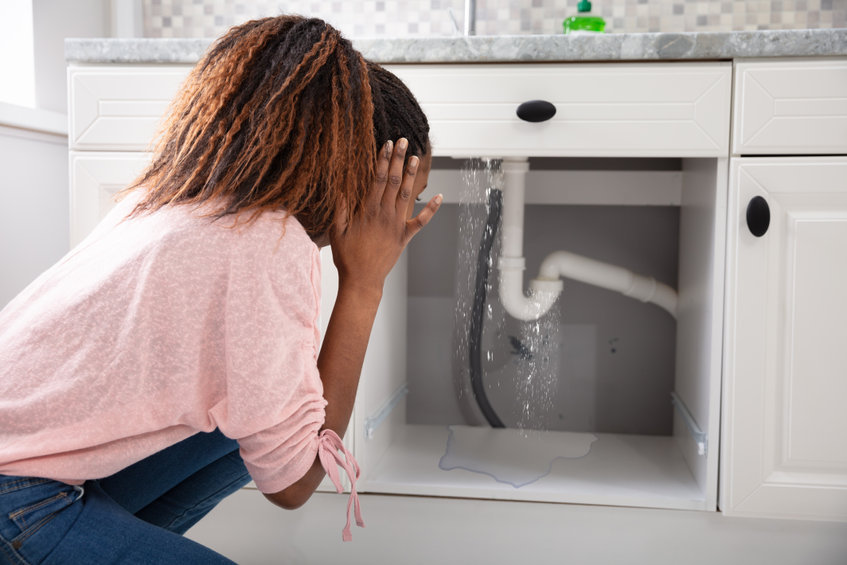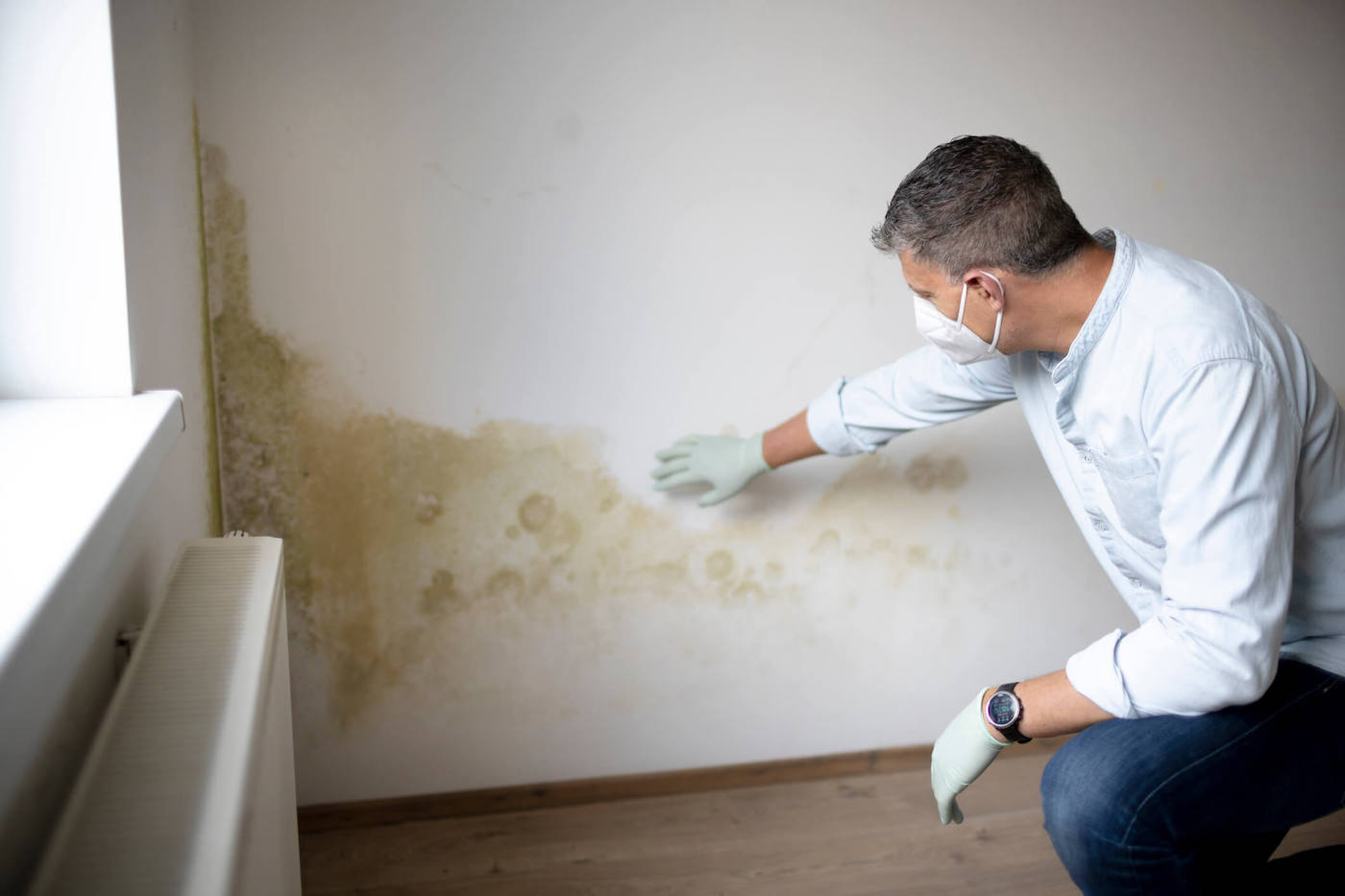Does Mold Growth Expenses Get Paid by Homeowners Insurance
Jan 09, 2024 By Susan Kelly
You may ask if the standard homeowner's insurance policy covers mold damage. If you're buying an older property and want to be sure there aren't any hidden costs, it's an excellent question to ask. Often, there is a complex solution.
We need to know what the mold was growing on for that answer. This article will examine the typical scenarios in which mold remediation costs may or may not be covered by a homeowner's insurance policy.
When Does Homeowners Insurance Cover Mold?

Mold is a fungus that may be found practically anywhere, both inside and outside your home. However, black mold and other dangerous types of mold may create toxins that can seriously harm humans. Typically, house insurance will pay for removing mold, mildew, fungus, or spores if caused by a covered peril.
A ruptured pipe might cause water damage and mold growth. Overall, suppose you want to establish a successful mold claim. In that case, you'll need to show that the damage from the mold was unexpected and unintentional when you noticed it and that you reported it to your insurer immediately.
This is the safest and most reliable method for ensuring that your insurance company will pay for the repairs. Nonetheless, you may only have up to $10,000 in mold coverage. Higher limits on mold coverage may be available for an additional charge.
The Risks Covered and Mold Insurance
A list of "covered dangers," or causes of property damage for which you may submit a claim, is often included in a homeowner's insurance policy. Because water seepage into a home's structure is the primary source of mold growth, understanding your policy covers water-related risks is essential.
If mold develops in your home as a result of, say, the following, you may be covered by your insurance:
- Appliance failures that cause water leaks
- Flooding from a broken water heater
- Home firefighter water damage
Mildew Caused by Natural Disasters and Flooding

Mold can develop when there is water damage from outside sources. Harper explains that regular home insurance typically does not cover mold damage caused by storm surges such as flooding.
Simply put, "It's because regular homeowner's insurance policies don't cover flood damage and you need separate flood insurance for that." If you have flood insurance and your house floods due to severe rains, a storm, or another act of nature, you may be covered for removing mold and making repairs.
If you reside in a high-risk flood zone, you should expect to pay more than the average of $800 annually for flood insurance on top of your standard homeowner's insurance premium.
Substantial Mold Growth Caused By Carelessness
Third, mold damage might occur because of the homeowner's carelessness. That's fancy saying you've been putting off house repairs and upkeep to the point where mold has grown. Typically, "mold that occurs as a result of negligence or lack of maintenance is not covered by your homes insurance policy," explains Howard.
"Your insurance will not pay for mold removal and cleanup if you knew that you could have prevented the mold by repairing faulty pipes or using a dehumidifier." Let's say you find that the toilet is leaking water because the seal around the floor of the bowl is broken.
Rather than fixing the leak by replacing the toilet or its seal, you've allowed it to continue, resulting in rot in the subflooring. It then travels up the wall and into the baseboards, where it grows. If you could have prevented the mold growth, your claim for compensation under your homeowner's insurance policy could have been rejected.
Tips For Preventing Mold Damage Claim Denial
Several measures can be taken to lessen the likelihood of mold growth and increase the likelihood that a claim for mold damage will be accepted.
When it comes to safety measures, you can:
- Dehumidify moist spaces with dehumidifiers.
- Make sure that any room with high humidity or temperature has proper ventilation.
Steps To Take if Your Mold Insurance Claim Is Denied
A professional contractor can provide a second perspective on the origin of the damage if your homeowner's insurance company rejects your mold claim. Your insurance provider may also have an appeals mechanism you can use to try to overturn the refusal. If this isn't the case, the insurance commissioner in your state may have suggestions on how to proceed if you need help getting your claim paid or appealing a denial.

Uncovering a Key Tax Acronym: What You Need to Know

Financial Advisor vs. Financial Planner: How To Decide

Boosting Insight-Driven Digital Engagement at FIs

An Honest Review of PowerX Optimizer for 2024

Bank Guarantee vs Letter of Credit: Understanding the Differences

When Work Feels Like a Drag: How to Have That Talk with Your Boss

Real-time payments: the next big thing in US banking

Determining the Distinction Between Gross Profit and Gross Margin

The Best Venmo Alternatives in 2022
